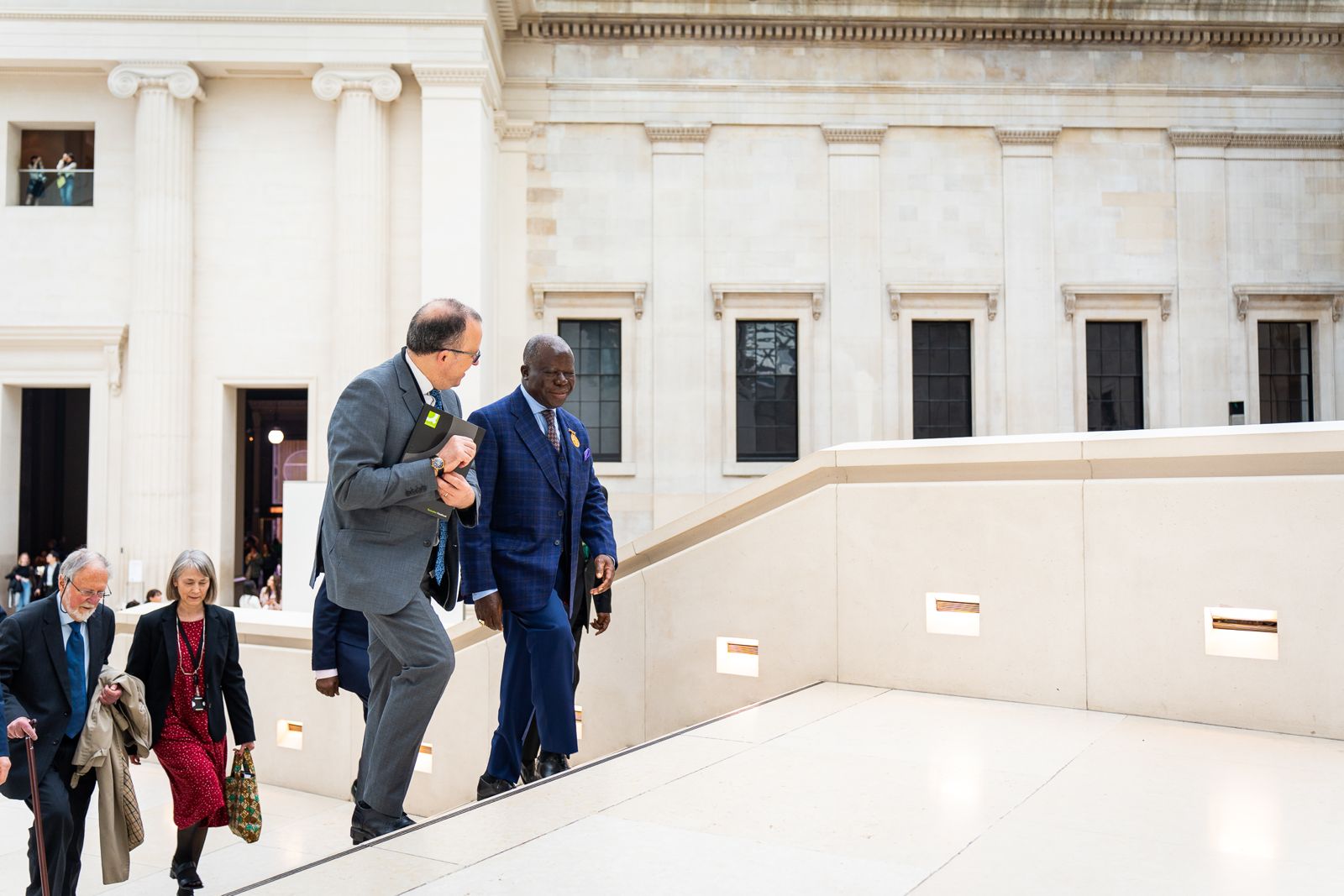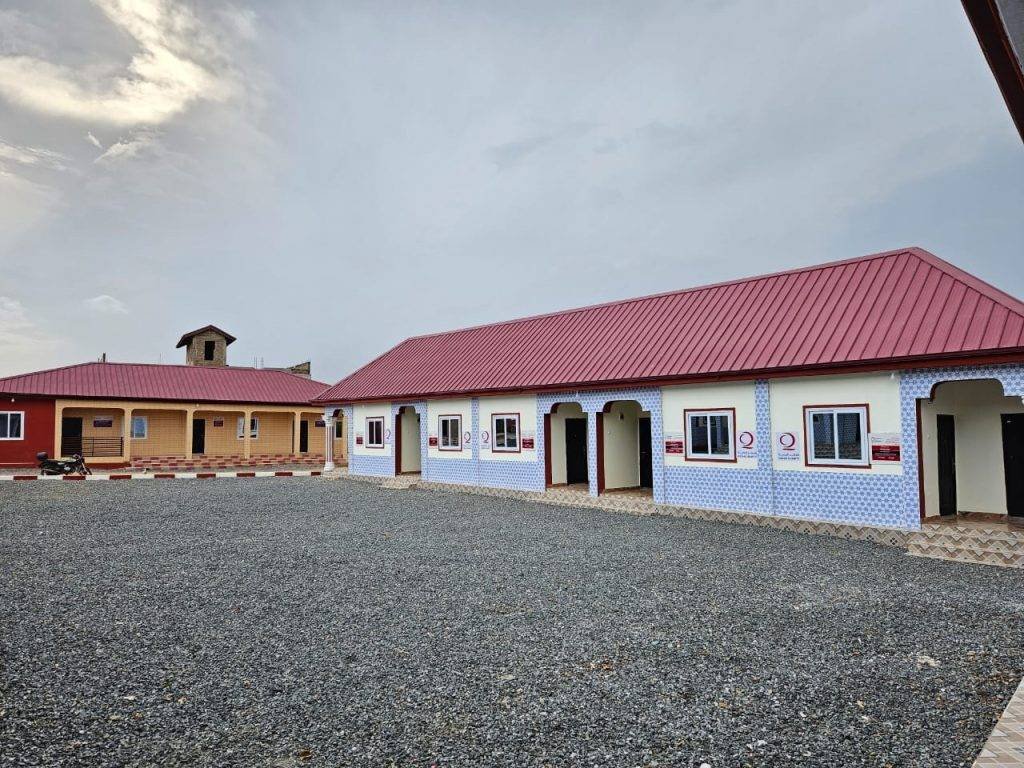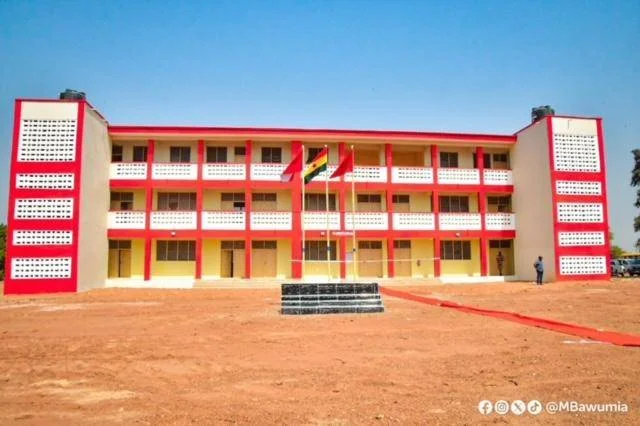
The Council for Scientific and Industrial Research (CSIR) has inaugurated its Wildlife Museum at the Forestry Research Institute of Ghana (CSIR-FORIG), at Fumesua.
It is well equipped with the required resources both human and equipment to carry out its functions, such as enhancing the discovery and description of new species in the country and improve educational opportunities for students at all levels.
Among other benefits, the museum would contribute to the preservation of local wildlife through scientific knowledge, exhibitions, education, research and collaboration with stakeholders.
At the commissioning of the facility, Director-General of the CSIR, Prof. Paul Bosu noted the “museum has come at the right time especially in these times where our (Ghana’s) biodiversity is being wantonly depleted.”
The ceremony coincided with the unveiling of a 100KVA solar power for the (CSIR-FORIG), at Fumesua.
Prof. Bosu indicated that 69 per cent of the global wildlife has been lost in less than 50 years.
The alarming rate of loss of the global wildlife population, he mentioned, has resulted from various land-use practices that resulted in habitat degradation and the fragmentation of forests in tropical regions including Ghana.
“Such human activities have impacted negatively on wildlife, putting many species at risk of extinction,” he emphasised.
On the solar power, he observed that governments were increasingly turning to that (solar power) to reduce carbon footprint and mitigate the impact of traditional energy sources on the environment due to concerns about climate change and environmental sustainability growth.
He gave the assurance that the facilities would be well maintained to carry out their functions.
Prof. Daniel A. Ofori, Director, CSIR-FORIG, mentioned the importance of effective management of biodiversity for preservation due to its decline.
The forests in Ghana, he said have deteriorated into quasi-open access areas with widespread encroachment and illegal forests activities including logging, hunting, mining and wildfires leading to wildlife habitat destruction, species migration, biodiversity loss and even extinction of species in extreme cases.
He viewed that the museum would play a crucial role in the preservation and documentation of biodiversity, encompassing living organisms, their habitats and their genetic makeup.
“It will be a repository of high quality knowledge and information on our biodiversity to inform decision making in environmental planning and conservation management… this is linked to SDG15, to protect, restore and promote sustainable use terrestrial ecosystems, sustainable manage forests, combat desertification, and halt degradation and biodiversity loss,” he explained.
Touching on the solar power, he said a huge electricity bill received a few years ago, “motivated us to explore for an alternative power supply which led to the selection of solar power as it is a renewable energy source.”
He mentioned that the energy source was linked to Sustainable Development Goal (SDG) Seven to ensure access to affordable, reliable, sustainable and modern energy for all.
He said the solar power was grid-tied that could also feed into the national grid and was happy the facilities would help improve delivery to support Ghana’s economy to grow and develop.
Chairman of the CSIR Council, Prof. Robert Kingsford Adaboh urged CSIR-FORIG’s management to either hire or provide training for staff specifically to ensure the museum was managed at the highest standard.
Similarly, he called on the government to leverage solar power to contribute to the global effort to combat climate change while also addressing energy security and economic development priorities
FROM KINGSLEY E.HOPE, FUMESUA
Read Full Story

















Facebook
Twitter
Pinterest
Instagram
Google+
YouTube
LinkedIn
RSS